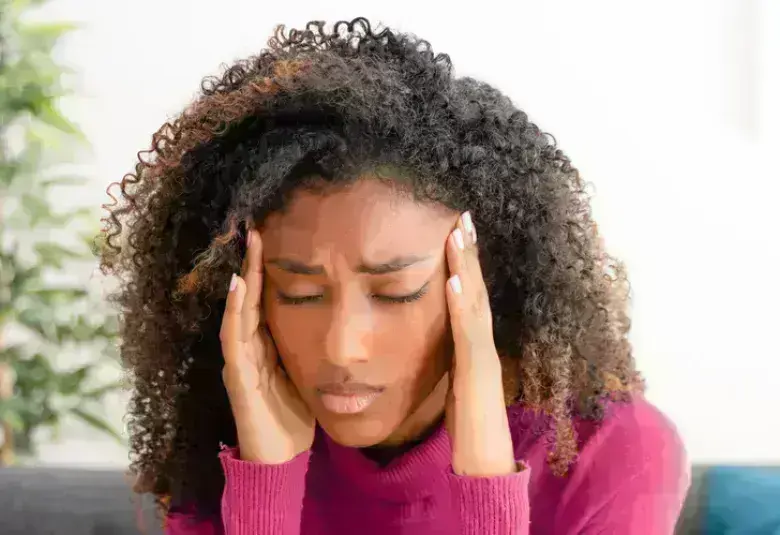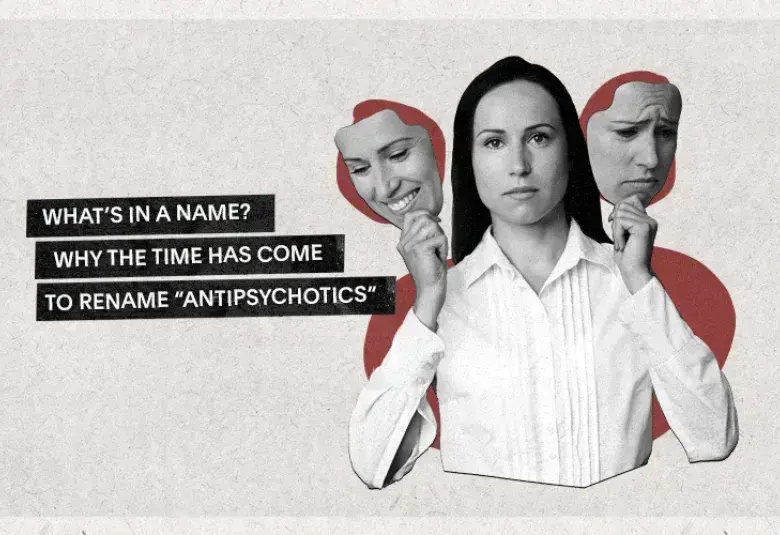Many patients with major depressive disorder (MDD) experience anhedonia which is described as an inability to feel enjoyment or pleasure in things or activities.1 Anhedonia is associated with increased depressive episode severity and risk of suicide while being particularly challenging to treat.1,2 In a seminar delivered as part of the Neuroscience Education Institute (NEI)’s Saturday Morning Live webinar series, Dr. Vladimir Maletic, a clinical professor of psychiatry at the University of South Carolina School of Medicine, described the neurobiology of anhedonia and current evidence supporting pharmacological and non-pharmacological approaches to address anhedonia while emphasizing the importance of individualizing treatment pathways.
Anhedonia is prevalent in patients with depression
Individuals with anhedonia experience a lack of interest or motivation for previously enjoyable circumstances.1 This symptom of depression is believed to result from aberrant connectivity between the salience, sensorimotor, central executive, and default mode brain networks.3,4 There are two types of anhedonia that present with different neurobiology and clinical relevance. Consummatory anhedonia is the inability to feel pleasure while engaging in activities including interpersonal interactions or natural rewards like sexual pleasure or eating.1 On the other hand, anticipatory anhedonia is the inability to predict future pleasurable experiences and is associated with reduced motivation.1
Anhedonia can be conceptualized as a reduced ability to detect reward7
Clinical anhedonia affects ~70% of individuals with MDD5 and 52% of individuals with bipolar disorder.6 Patients with “difficult to treat” or treatment resistant depression (TRD) exhibit more pronounced anhedonia than patients with non-TRD.7 Anticipatory anhedonia has been associated with increased risk for suicide,1 underscoring the importance of evaluating anticipatory elements when developing individual treatment plans. Anhedonia may also negatively predict time to remission and quantity of depression-free days with selective serotonin reuptake inhibitor (SSRI) treatment.8 The latest Canadian Network for Mood and Anxiety Treatments (CANMAT) guidelines for the management of MDD call out the significant clinical research interest in anhedonia, noting that several medications targeting anhedonia as a primary outcome are in early phase clinical trials.9
Anhedonia is becoming an important marker of disease severity and promising therapeutic target for depression9
Aberrant neurocircuitry and neurotransmission in anhedonia
Dr. Maletic described the brain reward circuit as a 3-dimensional cortical-striatal-thalamic circuit with three different cognitive, sensory, and emotional modalities that integrate and steadily update information. The connection between intrinsic brain networks may underly these modalities.4 The salience network consists of the dorsal anterior cingulate cortex and anterior insula and detects salient stimuli to perform emotional processing of incoming information (e.g., feeling anxiety or urgency).4 After identifying relevant external information, the salience network projects to motor and premotor regions to initiate a behavioural response.4 The central executive network helps identify environmental changes that require adaptation of behaviours to organize a response such as action planning, sustaining attention, and working memory.4 In patients with depression, the collaboration and connectivity of these functional networks is aberrant: instead of engaging coping mechanisms in the central executive network, the default mode network becomes engaged and generates ruminations of negative experiences.4
In patients with depression, the collaboration and connectivity of functional brain networks is aberrant
Functional imaging studies suggest there are two distinct subtypes of MDD.2 The “severe-deviation” subtype occurs with over-connection between the default mode and salience networks.2 Patients with this subtype of MDD experience rumination but respond well to standard antidepressants.2 However, those with “moderate-deviation” subtype exhibit poor connectivity between their default mode network, limbic, and subcortical areas.2 These patients are more likely to experience anhedonia and 63% of individuals do not respond effectively to first-line antidepressants.2 Dr. Maletic also indicated that patients with chronic stress, inflammation, or substance withdrawal may experience disrupted dopamine signalling that leads to anhedonia.
Anhedonia is associated with disturbed reward circuit pathways and neurotransmission
Serotonin and catecholamines may have complementary roles in regulation of intrinsic brain networks and their imbalance may result in symptoms of depression and anhedonia. For example, impaired dopamine signalling may underly the reduced motivation and reward sensitivity in patients with depression and anhedonia.10,11 Low dopamine signaling may cause inhibition of salience and sensorimotor network activity with increased activation of the default-mode network, leading to reduced salience to stimuli, psychomotor inhibition, and increased internally-focused thoughts.12 Abnormal glutamatergic metabolism has been associated with anhedonia as patients with MDD with high levels of anhedonia have significantly lower glutamate concentration in their anterior cingulate cortex than individuals with MDD with low anhedonia or healthy controls.13
Emerging evidence points to a link between glutamate and anhedonia
Approaches to the treatment of anhedonia
A variety of pharmacological and non-pharmacological treatments have shown efficacy in reducing anhedonia. However, Dr. Maletic cautioned that the effect of SSRIs should be considered “indirect” as the mainstream of their efficacy occurs through suppression of negative emotion (e.g., emotional blunting), allowing the reward circuitry to “wake up a little bit.” Agents that block serotonin 5HT2c and 5HT3 receptors may allow for increased dopamine and glutamate transmission in the salience network which could alleviate symptoms of anhedonia.14,15 NMDA antagonists decrease burst signalling from the lateral habenula, allowing for increased glutamatergic and dopaminergic signalling that may rapidly improve anhedonia in patients with TRD.16,17 Studies using dopamine D2/D3 antagonists have demonstrated a return of severely depressed mood in patients with depression but not in healthy controls18 while partial D2/D3 agonists may alleviate anhedonia symptoms.19 Transcranial magnetic stimulation studies have shown strong results in improving anhedonia and other depressive symptoms.20 Psychedelic drugs may amplify glutamatergic signalling to trigger brainstem release of dopamine and recent studies have found that administration of a single dose of psychedelics improved both positive and negative affect in TRD.21 Finally, psychotherapy is effective for both stress and anhedonia and the behavioural activation treatment for anhedonia (BATA) is a promising novel psychotherapy that may significantly reduce anhedonia and perceived stress.22
Several treatment modalities have demonstrated efficacy in reducing anhedonia
Collectively, Dr. Maletic recommended important clinical considerations for treatment of anhedonia. Clinicians should compare the attenuation of positive and negative emotions in their patients and be aware that patients presenting with anhedonia may be at increased risk for functional impairment, suicide, and treatment refractoriness. As a result, cognitive behavioural therapy, adjunctive treatments, and therapies more tailored to target anhedonia should be considered in treatment plans when anhedonia is a prominent part of the clinical presentation.
Our correspondent’s highlights from the symposium are meant as a fair representation of the scientific content presented. The views and opinions expressed on this page do not necessarily reflect those of Lundbeck.




